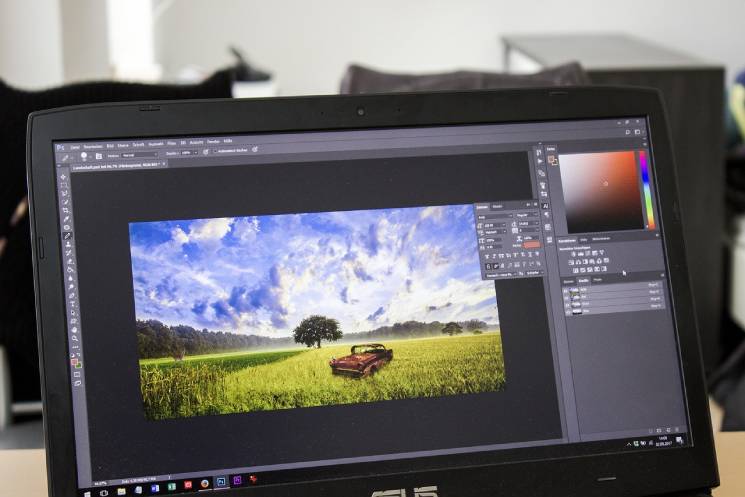In the visually driven world of the internet, images are more than just decorative elements on your WordPress website. They play a crucial role in enhancing user engagement, conveying information, and, importantly, boosting your SEO. However, large, unoptimized images can significantly slow down your website, negatively impacting user experience and search engine rankings. Optimizing your images is therefore a vital step in any comprehensive SEO strategy. Luckily, there are free WordPress plugins to help you get the job done.
Why Image Optimization Matters for SEO
Search engines like Google consider website speed a critical ranking factor. Large image files increase page load times, leading to a poor user experience and higher bounce rates. Optimized images, on the other hand, contribute to faster loading times, improved user engagement, and better search engine visibility. Moreover, optimized images can also rank in Google Image Search, driving additional traffic to your site.
Techniques for Compressing Images Before Uploading
The first step in optimizing images for SEO is to compress them before uploading them to your WordPress site. This reduces file size without significantly compromising image quality.
- Choose the Right File Format:
- JPEG: Ideal for photographs and images with complex color palettes.
- PNG: Best for images with transparent backgrounds or graphics with sharp lines and text.
- WebP: A modern image format that offers superior compression and quality compared to JPEG and PNG. If your hosting supports it, use it.
- Resize Images to the Appropriate Dimensions:
- Compress Images Using Image Editing Software:
- Most image editing software offers options to compress images. Experiment with different compression settings to find the optimal balance between file size and image quality.
- Online Image Compression Tools:
- Numerous online tools can compress images without requiring software installation. Some popular options include:
- TinyPNG/TinyJPG: Excellent for compressing PNG and JPEG images.
- ImageOptim: A free Mac app that optimizes images.
- Squoosh.app: A free online tool from Google that compresses images.
- Numerous online tools can compress images without requiring software installation. Some popular options include:
Optimizing Images Within WordPress
Once you’ve compressed your images, you can further optimize them within WordPress using plugins and best practices.
- Descriptive File Names:
- Before uploading images, rename them with descriptive file names that include relevant keywords. For example, instead of “IMG_1234.jpg,” use “blue-widget-product-photo.jpg.”
- Alt Text:
- Alt text (alternative text) is crucial for both SEO and accessibility. It describes the image to search engines and visually impaired users. Add descriptive alt text to all your images, including relevant keywords.
- Image Captions:
- While not as critical as alt text, captions can provide additional context and improve user engagement.
- WordPress Image Optimization Plugins:
- Numerous WordPress plugins can automate image optimization, making the process more efficient. Some popular options include:
- Smush: Compresses images and optimizes them for speed. It also offers lazy loading and other optimization features.
- Imagify: Compresses images and converts them to WebP format. It offers various compression levels to balance file size and image quality.
- ShortPixel Image Optimizer: Compresses images and optimizes PDFs. It supports JPEG, PNG, GIF, and WebP formats.
- EWWW Image Optimizer: An image optimization plugin that compresses your existing images, as well as new uploads.
- reSmush.it: A free plugin that automatically optimizes images upon upload.
- Numerous WordPress plugins can automate image optimization, making the process more efficient. Some popular options include:
- Lazy Loading:
- Lazy loading is a technique that delays the loading of images until they are visible in the user’s viewport. This can significantly improve page load times, especially for pages with many images. Many image optimization plugins offer lazy loading functionality.
- CDN (Content Delivery Network):
- A CDN stores copies of your website’s images and other static content on servers located around the world. When a user visits your website, the content is delivered from the server closest to them, resulting in faster loading times. Many hosting companies offer CDN services, and there are also third-party CDN providers.
Best Practices for Image SEO
- Maintain consistency in image sizes and styles.
- Use high-quality images that are relevant to your content.
- Avoid using excessive images on a single page.
- Regularly audit your website for unoptimized images and address any issues.
By implementing these techniques and best practices, you can optimize your WordPress images for SEO, improve website speed, and enhance user experience. Remember that image optimization is an ongoing process, so regularly review and update your image optimization strategies to stay ahead of the curve.

